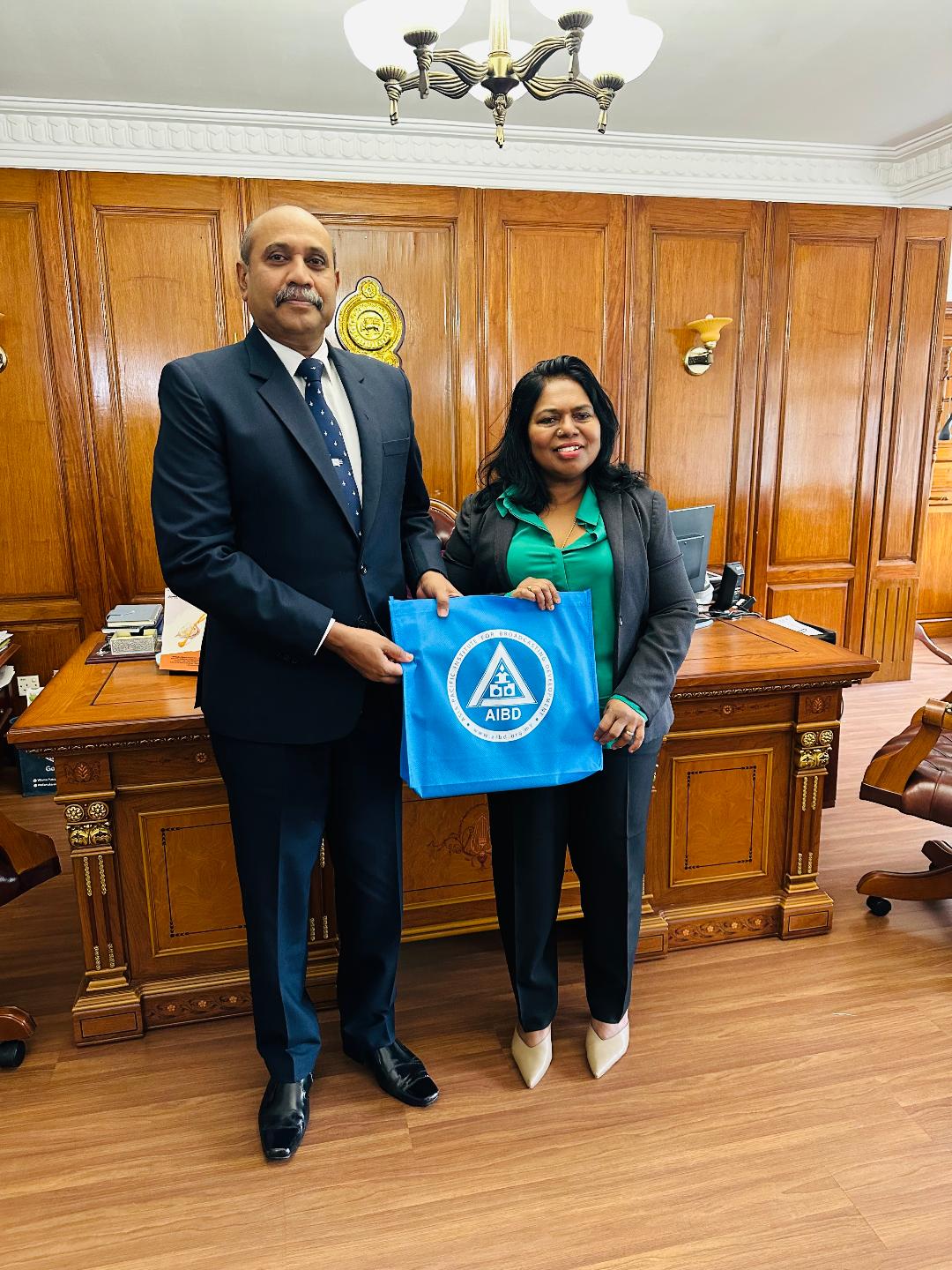AIBD / STARTIMES / BECIL Pre-Summit Regional Workshop on Digital Terrestrial Television Broadcasting – Transition Strategy

Digital broadcasting is a broadcast technology based on the transmission of audiovisual media information by bit streams. The most dynamic and technically complex environment of TV content distribution is digital terrestrial television broadcasting (DTTB). Traditionally, TV broadcasting served stationary receivers at home. Today’s users require information, infotainment and entertainment anywhere, at any time and on any device, if possible interactively and at the highest possible service quality. Modern broadcasting concepts try to cope with these demands that can only be satisfied by digital technologies. Therefore, transition from analogue to digital technology is a must. Migrating to DTTB allows broadcasters to be competitive and more attractive than the other modes of delivery of TV services. The transition process allows for a gradual introduction of Digital TV services without subjugating the existing analog TV viewers until such time when a prescribed percentage of the viewing population has already shifted to digital which will subsequently warrant the termination of analog broadcasting services. Considering that the migration to Digital Terrestrial Television Broadcasting has been a global trend, the Asia Pacific countries could learn from the experience and best practices of other countries’ migration to Digital TV. The development of a national roadmap for transition to digital terrestrial television starts with an analysis of the current TV market structure, analogue TV networks and regulatory framework. The aim or end milestones of the roadmap are identified by formulating the digital switch-over (DSO) objectives.
India has adopted DVB-T2 Standard for digitalization of its huge terrestrial network and progressing significantly towards implementing DVB-T2 and T2-Lite services in the country. Doordarshan India (DDI), the public Service Broadcaster has one of the biggest Television network in the world with more than 1100 transmitters of different power levels and categorised as High Power Transmitters (HPT), Low Power Transmitters (LPT) and Very Low Power Transmitters (VLPT). DDI is in the process of digitalisation and aims to install 630 DTT transmitters finally having 230 HPTs and 400 LPTs for covering the whole country with a number multiplexes at every location to provide a bouquet of services to the viewers. Therefore, it is very appropriate for other countries in the region to gain from the transition experience of India. Regional workshop on DTTB Transition Strategy conducted in New Delhi on 09.05.2018 as a pre-summit workshop during Asia Media Summit (AMS-2018) thus got relevance.

This pre-summit workshop aimed to provide broadcasters and other media professionals a clear understanding to Planning and implementation of digital terrestrial television broadcasting services. This one-day workshop provided expert knowledge and information on the road to digitalization focusing on the main issues like Digital broadcast implementation, Regulatory framework & digital dividend, Digital broadcast standards and Market & Business Development as well as sharing a successful case studies and experiences of digital migration roadmaps and strategies adopted thereof.
Quite a number of speakers in this workshop were from DDI who are actively involved in the system designing and network planning activity of digital terrestrial television broadcasting in India. The expert consultant from StarTimes China shared the experience in China on DTT and provided greater overview on the subject for the benefit of participants from different countries in the region. Also three country papers were presented by the participants from Nepal, Bhutan and Thailand.
Mr. Surender Singh, DDG (Engg.) from DDI was the first speaker after the introductory remark by Mr. Utpal Kanti Mandal, Programme Manager AIBD and inaugural speech by Mr. Chang Jin, Director AIBD. Mr. Surender presented on topic “Network Planning Flexibilities in DVB-T2” where in he explained various design parameters of DVB-T2, Multi Carrier Modulation Schemes, Gaussian, Ricean and Rayleigh communication channels. He discussed about various modulation schemes for DTT transmissions and variations on data rate and coverage to be taken into consideration when planning the DTT network. He also explained with great extent the other design parameters like guard interval, pilot patterns, different constellations for modulation schemes.
The second speaker of the day Mr. D.P. Singh DDG (Engg.) broadly explained about the implementation experience in Digitalization process of terrestrial network of DDI. He covered the areas like TV broadcasting in India, Regulation on Digital Terrestrial services, digitalisation plan of DD and various steps taken with special emphasis on various challenges encountered.
Mr. M.S. Duhan DDG (Engg.) focused on experiments and experiences with DTT delivery on Handheld devices while elaborating on transmission trends and feel of digital terrestrial transmission, receiving devices and also experiences from DVB-T, DVB-H, DVB-T2/T2-Lite. He provided detail information regarding design of DVB-T2 system and technical parameters on modulation schemes & constellations, error correction, guard interval and so on. Mr. Duhan showed some practical case studies done in India and showed coverage surveys done in the cities Bangalore, Lucknow, Indore, Delhi and reception results of T2-Lite mobile services from DD transmitters taken in moving vehicles with varying speeds and also successful mobile reception on Aeroplane.
Mr. Zhang Yilong, Director Technical Center, Star Times Software Technology Co. Ltd. China gave his lecture on the subject matter “ Digital Television Transition – Manageable & Operational TV Network Planning”. This expert consultant from StarTimes China shared elaborately on the experience in China on DTT and provided greater overview on Technology development in the video broadcast area, System Plan principles both End to end and on Effective coverage. He touched upon Next Generation Business Operation Support Systems (NG-BOSS) solution, Artificial Intelligence technologies such as natural language processing and human machine interaction (HMI) and also talked about Over-The-Top (OTT) challenges and chances. In the last part of his presentation Mr. Yilong presented the China-Africa Cooperation project case study ‘Digital TV Implementation in 1000 African Villages’ along with three other case studies like Large City Single Frequency Network (SFN), Lagos; National DTT SFN, Mozambique and Burundi Solar power transmission.
Ms. Archana M. Gupta, Director (Engg.), DDI in her presentation talked about DVB-T2 Receivers and Antennas. After providing overall features of DVB-T2 technology she discussed Integrated Digital TV Receivers (IDTVs), Set Top Boxes (STBs), PCs with Dongles, Car Receivers, Tablets, Smartphones with Dongles, Smartphones with built-in tuners, Wi-Fi Routers (DVB-T2 Hot Spots), Bill Boards and T2-Radios.
Mr. Rajender Kumar, also Director (Engg.) in DDI and involved in Spectrum Planning for DD Network in his session provided details on spectrum planning for digital transmitters. His deliberations were based on the objectives to provide satisfactory coverage to maximum percentage of population, to ensure interference free reception for specified grade of service and to use minimum possible number of channels in the network for efficient utilization of frequency spectrum. He described various planning parameters like Minimum Useable Field Strength, Protection Ratio, Coverage Range, Interference range etc. and explained the ITU-R P.1546 Curves for the purpose of channel allocation for DTT transmitters in the network. He also provided detailed procedure for manual approach of channel allocation through Lattice planning technique.
Mr. Bishnu Ram Neupane, Director (Engg.), NTV Nepal; Mr. Tashi Darjay, Assistant Engineer, BBS Bhutan; Mr. Anusorn SrimalaiKul, Engineer NBT Thailand presented country papers and provided status of Television Network of respective countries.
More than forty broadcast engineering professionals attended the workshop and eleven of them were foreign participants from Afghanistan, Bangladesh, Bhutan, Cambodia, Myanmar, Nepal, Seychelles, Thailand, Uzbekistan and Vietnam.





